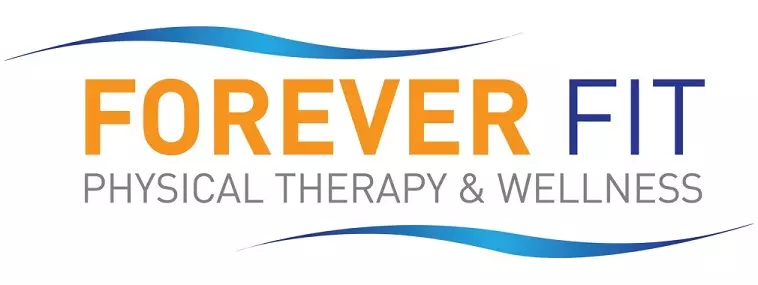Tearing your rotator cuff can lead to a lot of negative symptoms, from muscle weakness to shoulder pain. After a rotator cuff tear, you may find that simple arm movements are more uncomfortable and difficult than usual. The rotator cuff is a group of muscles and tendons located around your shoulder joint. The different parts of the rotator cuff work together to help stabilize your shoulder and allow you to lift and rotate your arm. When these muscles or tendons are torn, either partially or completely, it can cause a variety of symptoms that affect your shoulder. A rotator cuff tear may impact your strength, flexibility and comfort.
Nearly 2 million people in the U.S. visit their doctors for rotator cuff tears each year, according to the American Academy of Orthopaedic Surgeons. If you suspect you have a torn rotator cuff, it’s important to recognize the signs so you can seek treatment. Seeking physical therapy can be a great start. With an initial evaluation, a licensed physical therapist can identify your condition and start developing a personalized treatment plan.
6 rotator cuff tear symptoms
- Shoulder pain — Shoulder pain is one of the most common rotator cuff tear symptoms. This pain is not the same for everyone. You may feel a sharp pain when engaging your shoulder in activities like reaching for something on a shelf or putting on a shirt. This pain may limit how well you can function. Rotator cuff tear pain can occur outside of activity as well. People who have sustained rotator cuff tears may experience persistent pain even when resting. You might feel a dull ache localized around your shoulder when you’re resting, especially if you’re lying on the affected side. One systematic review found that the majority of patients with rotator cuff tears had a sleep disturbance, and pain was a major contributing factor. When you lie on your side, you put pressure on your lower arm. If this is your injured arm, the pressure may make your pain worse. Physical therapists offer treatments designed to address pain. Some treatments that might alleviate your shoulder pain include manual therapy and dry needling.
- Radiating pain — In some cases, pain from a rotator cuff tear can extend beyond the shoulder and travel down the arm. You may feel discomfort along the outer part of your arm, sometimes reaching down to the elbow. This radiating pain can make it difficult to pinpoint the exact location of your injury. If you’re experiencing radiating pain in your arm, your physical therapist can help identify the source of your pain. This can be an essential step toward receiving effective, targeted care.
- Arm weakness — Since the rotator cuff muscles help with shoulder stability and strength, a tear can lead to noticeable weakness in the affected arm. You may struggle to lift objects that were once easy to carry, such as grocery bags or a coffee cup. Over time, this weakness can make daily tasks more difficult. Your physical therapist can help you regain strength through an exercise plan tailored to your needs and capabilities.
- Clicking or popping — If you hear clicking, popping or crackling sounds when you move your shoulder, it could be a sign of a rotator cuff tear. These sounds might be accompanied by a locking or clicking sensation in your shoulder. Shoulder clicking or popping may occur when damaged tendons rub against the surrounding structures around your shoulder joint. Left unaddressed, this friction may also lead to irritation and inflammation.
- Limited flexibility — A torn rotator cuff can make it difficult to move your arm freely. You may find that you cannot raise your arm above your head or extend it behind your back as easily as before. This stiffness can worsen over time if the injury is not treated properly. Assisted stretches and active range-of-motion exercises can help you restore your range of motion.
- Shoulder instability — A torn rotator cuff can make your shoulder feel unstable. You may feel like your shoulder is going to “give out” when you try to use it. This instability can be especially noticeable when performing overhead movements, such as reaching for an item on a high shelf or throwing a ball. Physical therapy can play a crucial role in making your shoulder stronger and more stable.
Identify and address your rotator cuff tear symptoms with Forever Fit
If you are experiencing the symptoms of a rotator cuff tear, it can be important to seek professional treatment. At Forever Fit, we can create a personalized physical therapy treatment plan designed to help you manage your symptoms and work toward recovery. Our evidence-based treatments can help strengthen your shoulder muscles, reduce pain and more.
Contact our team today for more information about rotator cuff tear symptoms and treatments or to schedule an initial appointment.

